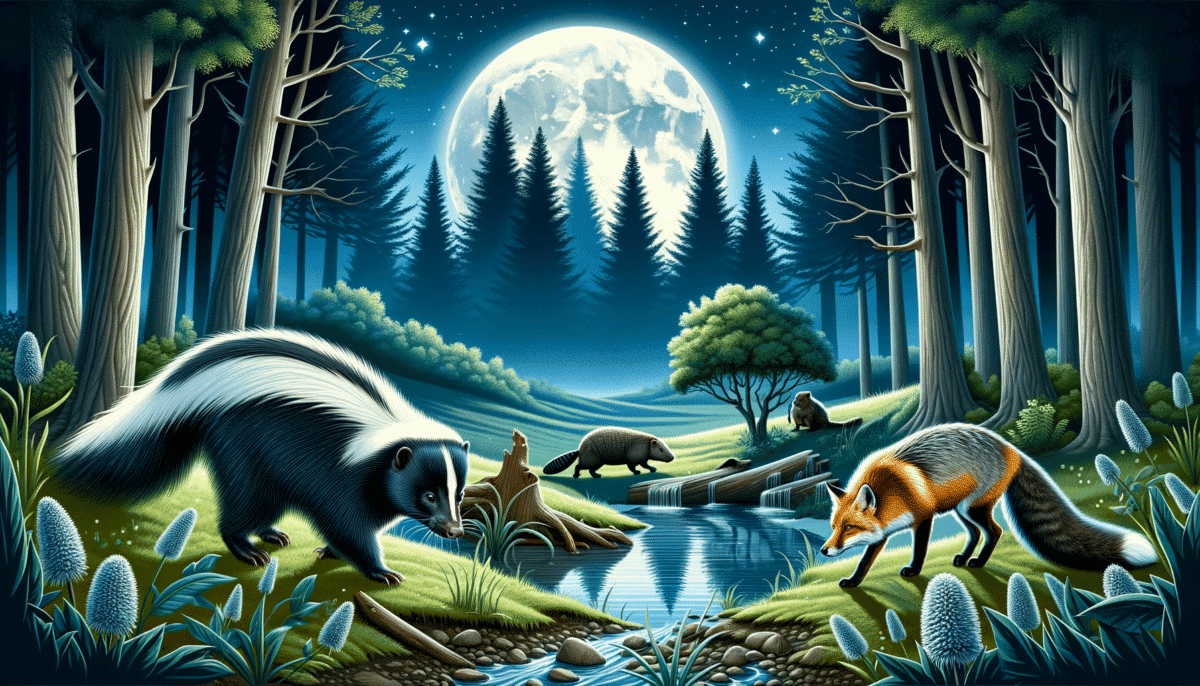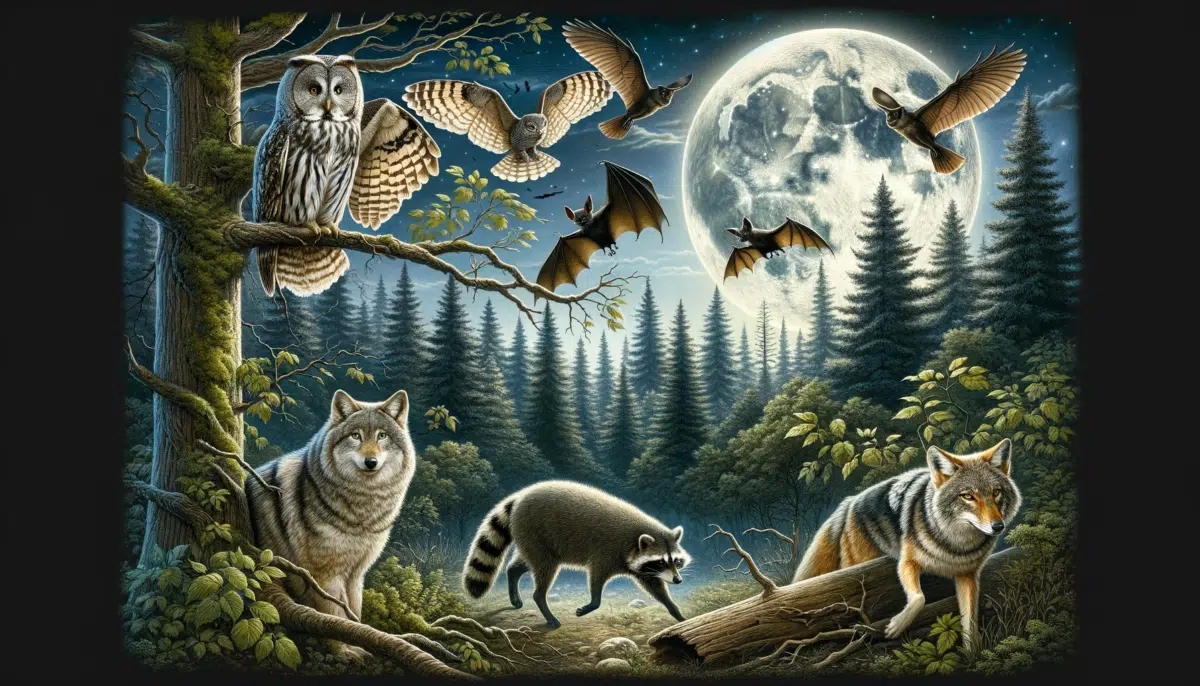In the moonlit world, predators like owls and leopards become the rulers of the dark. Owls, equipped with exceptional night vision and hearing, can detect a prey’s movement from considerable distances. Leopards, on the other hand, use their camouflaged fur to blend into the darkness, making them nearly invisible to their prey. These predators are not just hunters; they play a crucial role in controlling the population of their prey and maintaining ecological balance.
Nocturnal Pollinators: The Unsung Heroes
While bees are known as the champions of pollination, many are unaware of the critical role nocturnal pollinators play. Bats and moths, flitting through the night, pollinate numerous plants, including some species of cacti and agave. The lesser long-nosed bat, for example, is an essential pollinator for the agave plant, crucial for the production of tequila.
Bioluminescence: Nature’s Nighttime Light Show
Fireflies and glow worms are not just fascinating for their beauty; they are also intriguing for their biological light-producing process, known as bioluminescence. This ability is not just for show; it serves as a communication tool for mating and can even be a defense mechanism to ward off predators.
The Secret Social Lives of Nocturnal Animals
The social structures and behaviors of nocturnal animals are often complex and varied. For instance, while some bats live solitary lives, others reside in large colonies, showcasing intricate social behaviors. African elephants, known for their intelligence, have been observed to have nocturnal behaviors that involve socializing and foraging.

Adaptations for the Dark: The Evolution of Nighttime Survival
Nocturnal creatures have evolved fascinating adaptations to thrive in the dark. Animals like cats have reflective eyes that enhance their night vision, while many nocturnal animals have heightened senses of smell and hearing. Some, like the aye-aye, have developed specialized limbs to forage for food in the darkness.
Conservation Efforts: Protecting the Nighttime Realm
The conservation of nocturnal animals is vital, yet challenging. Light pollution, habitat destruction, and human activities pose significant threats to these creatures. Conservation efforts focus on habitat preservation, reducing light pollution, and raising awareness about the importance of nocturnal wildlife.
In conclusion, the secret lives of nighttime creatures in a moonlit world are a testament to the adaptability and diversity of nature. Understanding and protecting these creatures is not just about preserving biodiversity but also about appreciating the intricate balance of our natural world.
Up next:
Turning Nocturnal: Cheetah’s Are Adapting to Global Warming
Join our Forum for free today!

- The Kleptomaniac Cat That Rules Houston - July 20, 2024
- Elephant Makes a Lifelong Friend at Sanctuary in Tennessee - July 14, 2024
- Evidence For World’s Oldest Fossilized Forest Discovered in New York - July 11, 2024

